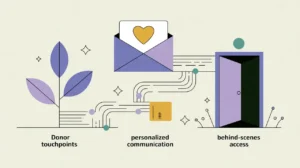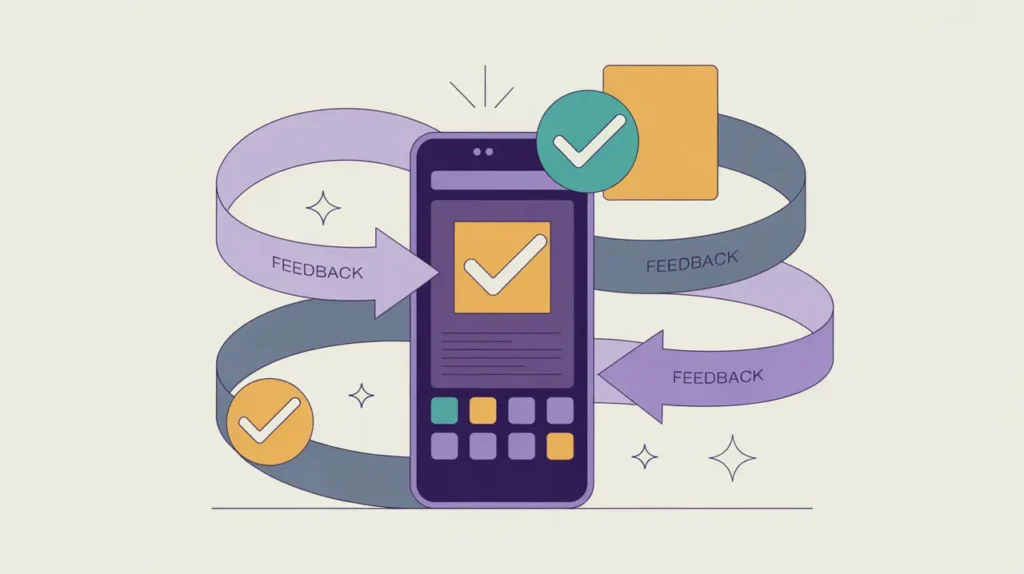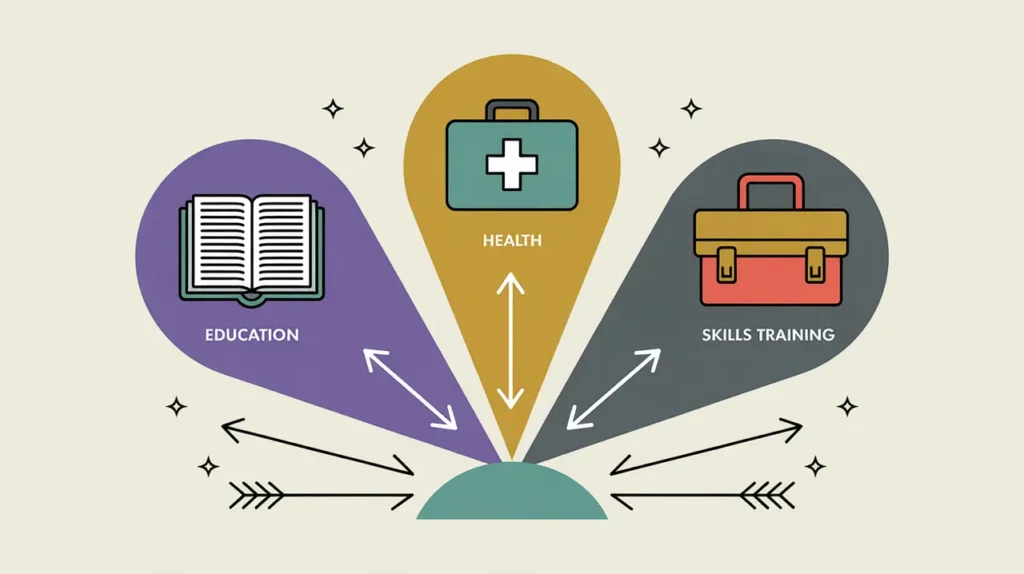What Does Program Implementation Involve?
Program implementation is the stage where plans become operations. After visioning, design, development, and piloting, implementation involves setting up the systems, staff, and processes needed to run the program at scale. It is less about experimenting and more about ensuring readiness and consistency. Implementation builds the infrastructure that allows delivery to unfold smoothly, which includes recruiting and onboarding staff, securing facilities, activating procurement systems, and finalizing compliance protocols.
This step is about creating the operating environment. It bridges strategy and execution by ensuring that everything required for delivery is in place: people, resources, systems, and rules. Strong implementation requires coordination across departments, rigorous attention to detail, and the ability to troubleshoot problems before they affect participants.
When implementation is handled poorly, programs launch late, waste resources, or risk non-compliance with donor or government requirements. When done well, implementation provides a steady foundation for delivery, giving staff confidence that they have what they need, funders assurance that resources are being used responsibly, and communities trust that services will arrive as promised.
What Competencies are Associated with this Role?
Program implementation calls for operational precision and cross-functional coordination. Core competencies include:
- Recruiting, onboarding, and training program staff and volunteers
- Establishing procurement and supply chain systems
- Setting up program facilities or digital platforms
- Deploying financial tracking and reporting mechanisms
- Ensuring compliance with donor, legal, and safeguarding requirements
- Establishing program data systems and participant registration
- Coordinating logistics for materials, transport, and communications
- Managing cross-department collaboration (finance, HR, operations)
- Conducting readiness assessments before launch
- Troubleshooting operational issues as they arise
How Might AI and Automation Help this Role?
AI and automation can make implementation faster, more accurate, and more accountable. Opportunities include:
- AI-supported recruitment screening and onboarding modules
- Automated procurement workflows and vendor compliance checks
- Predictive analytics for supply chain and inventory management
- Automated scheduling and task coordination systems
- Chatbots for staff support and onboarding FAQs
- Digital compliance monitoring with automated flagging of risks
- AI-enhanced readiness assessments and launch checklists
- Real-time dashboards for operational tracking
What are the Roles by Experience Level?
Implementation usually involves program staff working closely with operations and finance:
- Entry: Program Assistant, Implementation Support Officer – manage onboarding logistics, track supplies, update databases
- Mid: Program Officer, Implementation Coordinator – oversee training, manage procurement processes, monitor compliance checklists
- Senior: Program Manager, Implementation Lead – direct staffing, systems setup, and cross-department coordination
- Executive: Chief Program Officer, Operations Director – approve resource allocation, ensure compliance across systems, engage funders and boards on readiness
How Transferable are the Skills from this Role?
Implementation skills transfer across nonprofit program areas and beyond. Inside nonprofits, they lead naturally into operations, project management, and leadership roles. Outside the sector, they map closely to supply chain management, human resources, and business operations in corporate environments. Program implementation builds practical strengths in coordination, compliance, and resource management. These skills are in demand wherever complex initiatives are launched and sustained. Individuals who excel in implementation often thrive in environments where structured planning must be converted into reliable operations under tight timelines.







